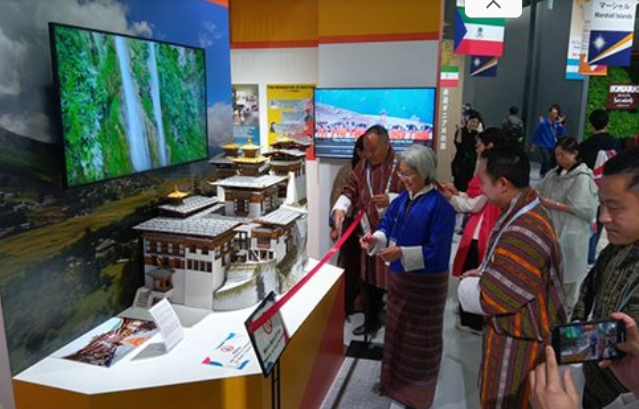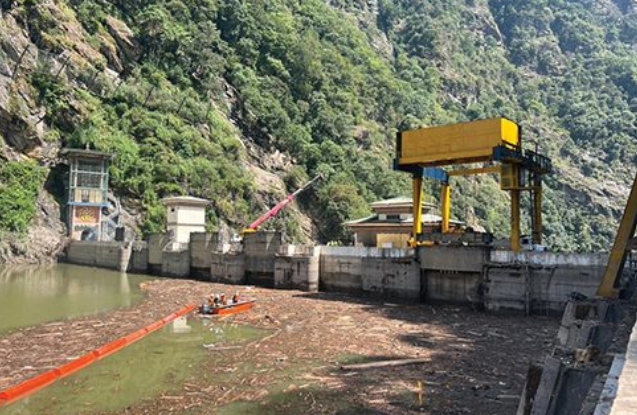
Zhemgang, Bhutan’s poorest dzongkhag with a poverty rate of 41.4%, along with Samdrup Jongkhar and Samtse, continues to face significant rural poverty despite development efforts. The 2025 Integrated Agriculture and Livestock Census highlights livestock’s crucial yet underutilized role in improving rural livelihoods. Livestock provides essential nutrition and income, especially for landless families and women, by converting crop residues into valuable food and supporting agricultural productivity through manure. However, government policies still emphasize commercial livestock aspects, often overlooking broader benefits.
In Zhemgang, low milk production results from aging farmers selling cattle and younger generations migrating to cities, compounded by poor infrastructure like cold storage and veterinary services. Cost-sharing support programs struggle due to poverty, limiting participation. Meanwhile, Samtse and Samdrup Jongkhar, despite higher production, face market access and diversification challenges, reducing income potential.
Nationally, Bhutan’s livestock sector holds great promise for poverty reduction and rural development. To unlock this potential, policies must focus on market support, financial aid, and disease control, making livestock a central part of inclusive growth strategies rather than a marginal activity.



